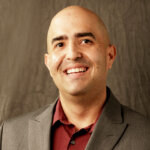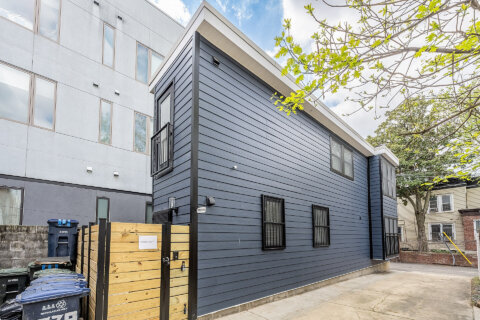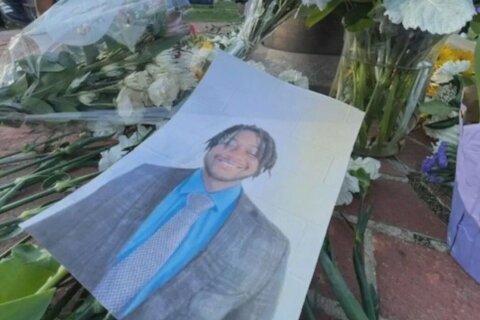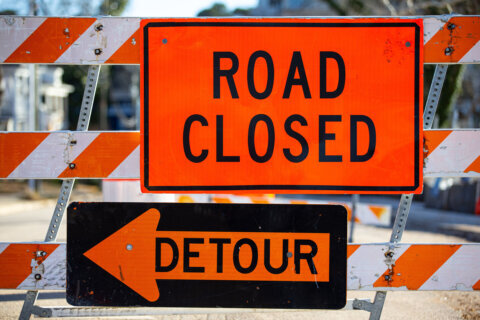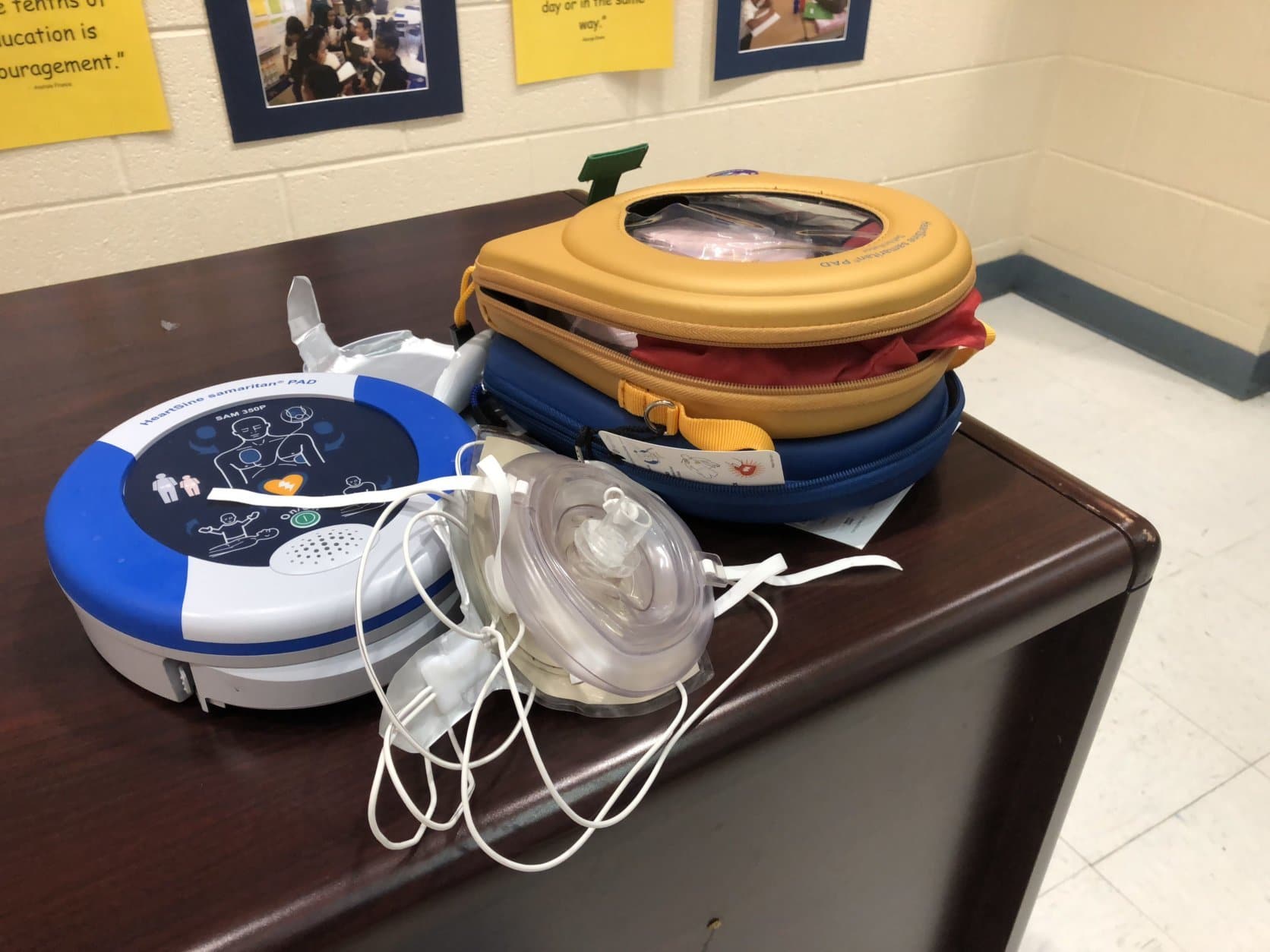
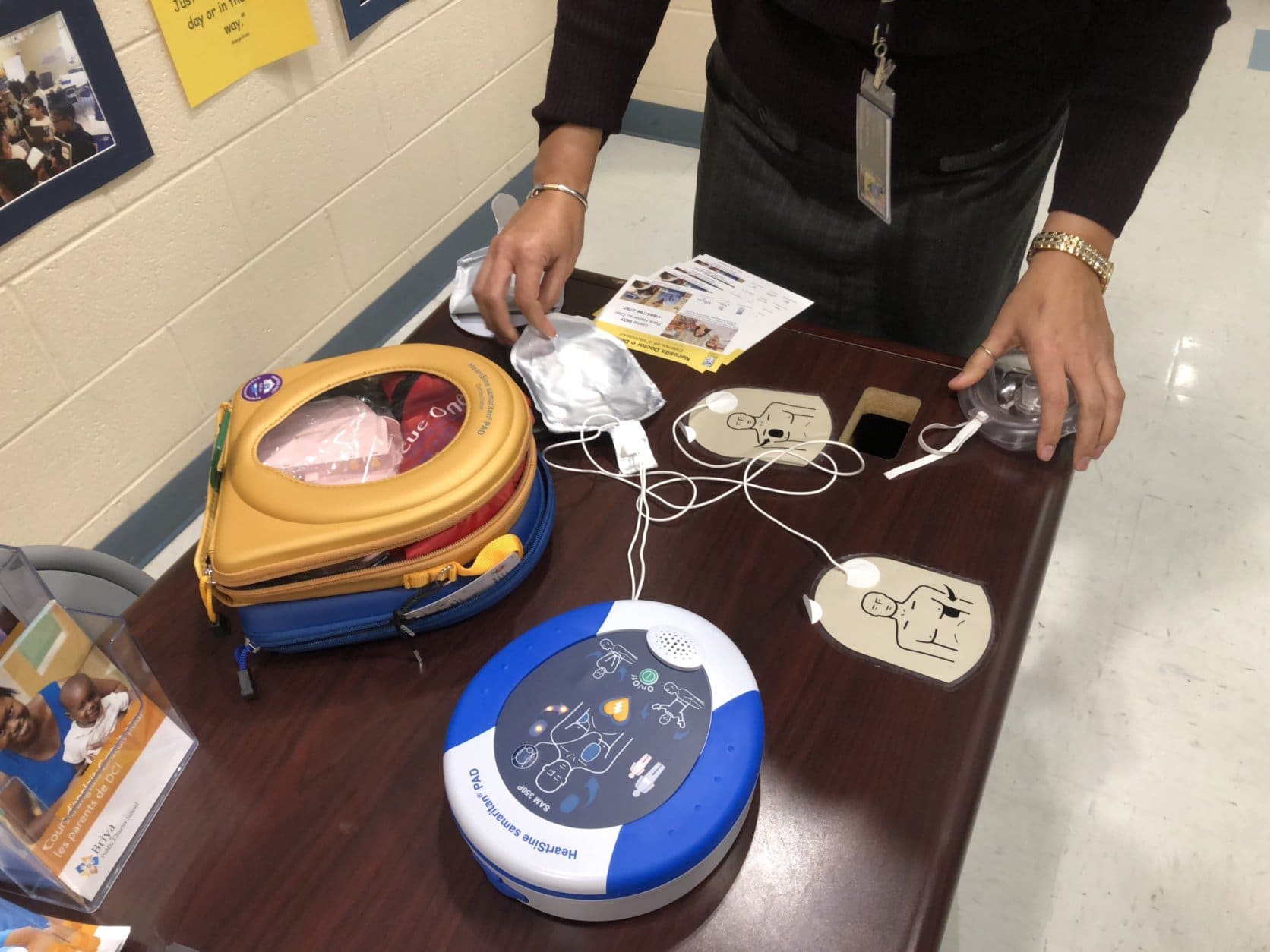
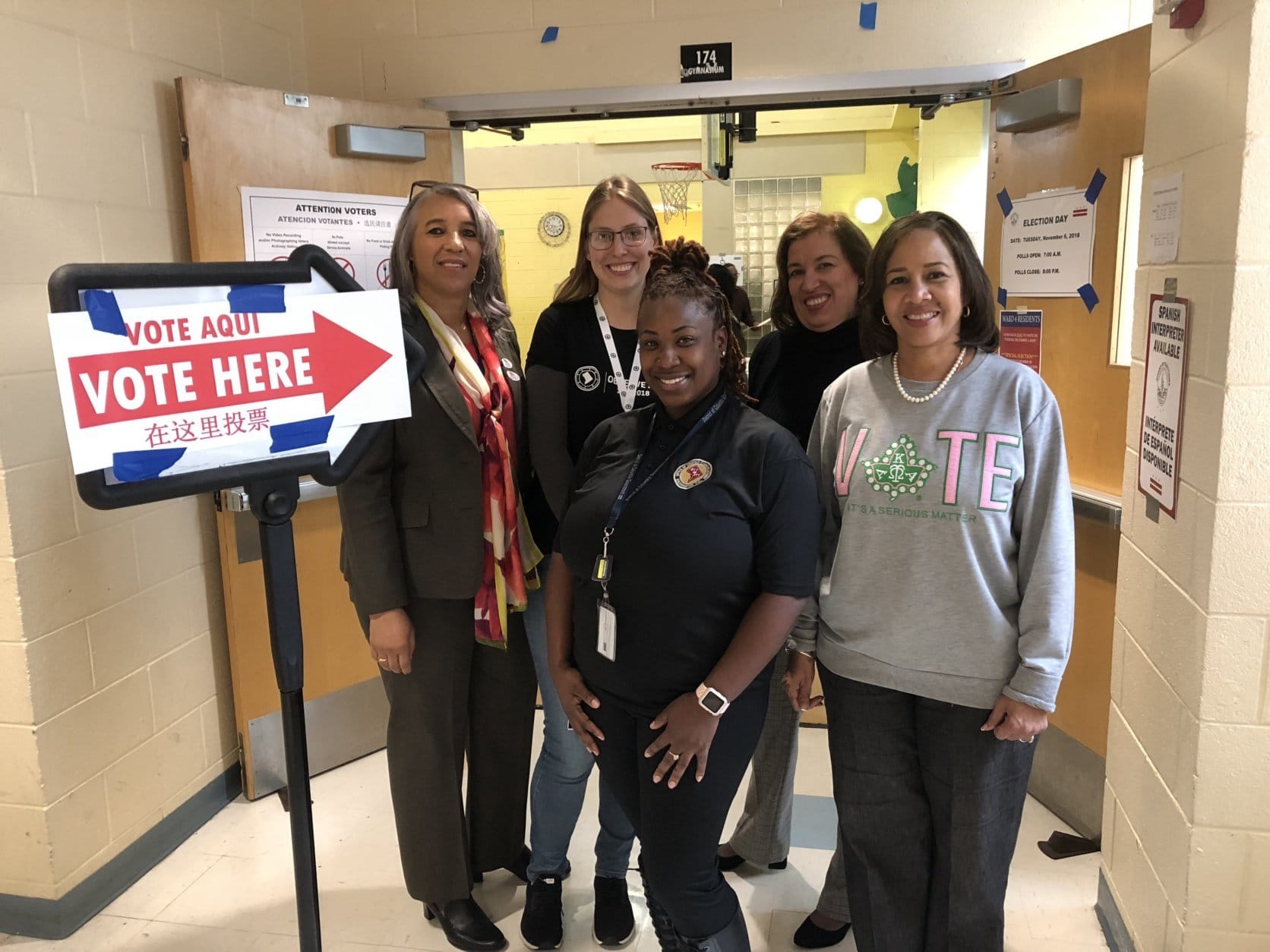
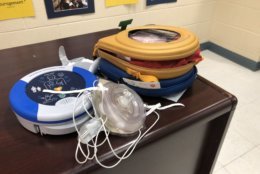
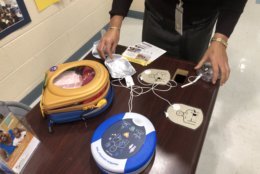
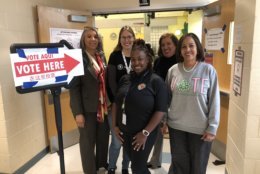
WASHINGTON — On Election day 2018, a man casting his ballot in D.C. collapsed to the floor. People at the polling site at Barnard Elementary School rushed over to help, and using an Automated External Defibrillator (AED) and CPR, the man survived.
In D.C., all schools and charter schools are required to have an AED on hand. Now, businesses, residential buildings and other organizations are willingly following suit and buying the devices — which can shock a heart back into the right rhythm — for their buildings.
While these devices may be on hand, first responders said sometimes people don’t know where they are.
“What we find sometimes, is that there is an AED in the lobby of a building and there is an event going on, on the seventh floor, and nobody knows that there is an AED at the entrance,” said Sarah Roque, a public health analyst with D.C. Fire and EMS.
Through the end of November, Roque said D.C. medical crews responded 245 cardiac cases, but a defibrillator was only used in six percent of the incidents. That is a percentage the District would like to see rise.
To help with this, D.C. created the Automated External Defibrillator Program, where schools, churches, business, apartment building and others can register their devices. D.C. law requires owners of AED devices to register them, and officials believe is a life saving database because that information will be readily available to 911 call takers.
“The call taker is able to tell the caller: ‘Hey I see an AED at ABC Mickey Mouse Street, and go get it,’” Roque said.
According to Roque, those with AEDs can also sign up to be alerted if a heart attack call comes in close by, which can allow them to bring the device to the person in need.
The locations of AED devices has also been made available so people can familiarize themselves with where the closest device is to their home or work.
“AEDs in conjunction with CPR can actually help to improve the outcome of a person’s sudden cardiac event,” Roque said.
A map of the closest AEDs can be found on the FEMS Automated External Defribilator map.

